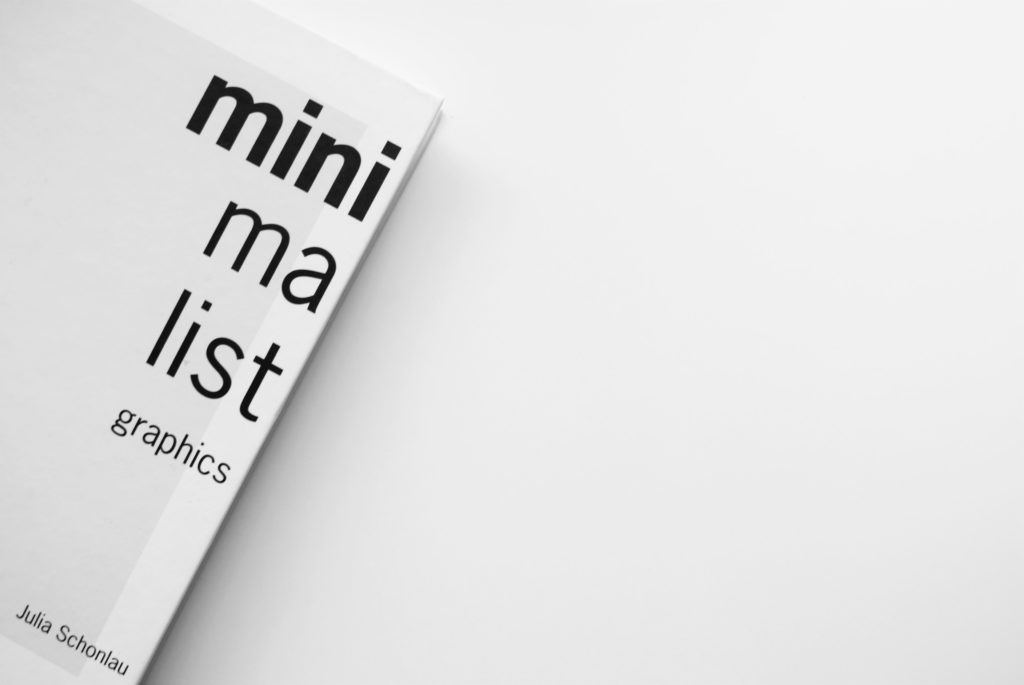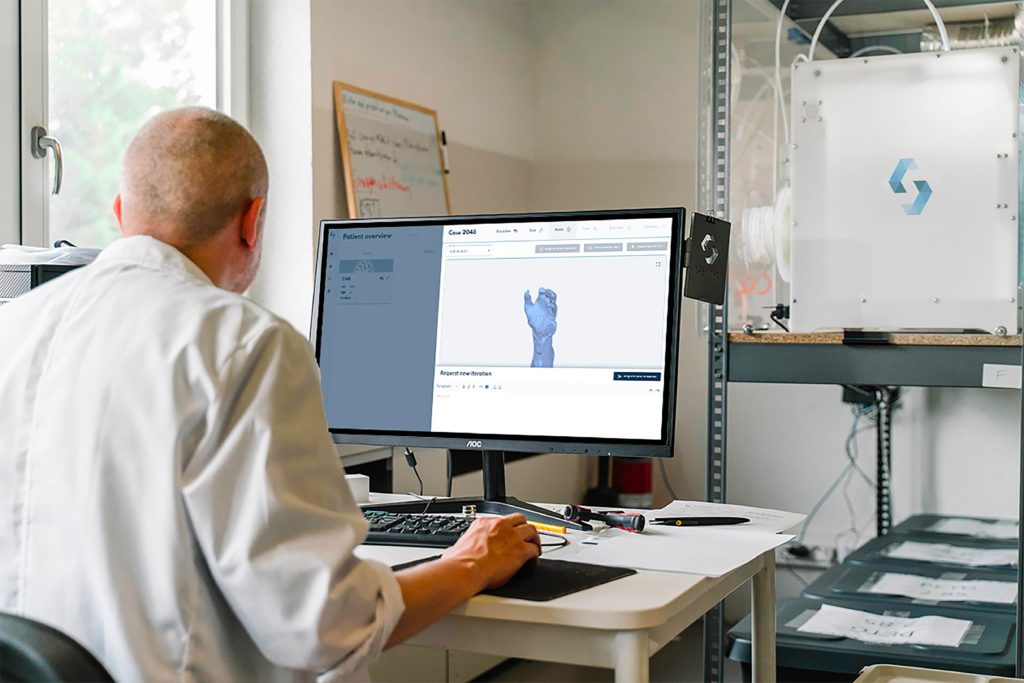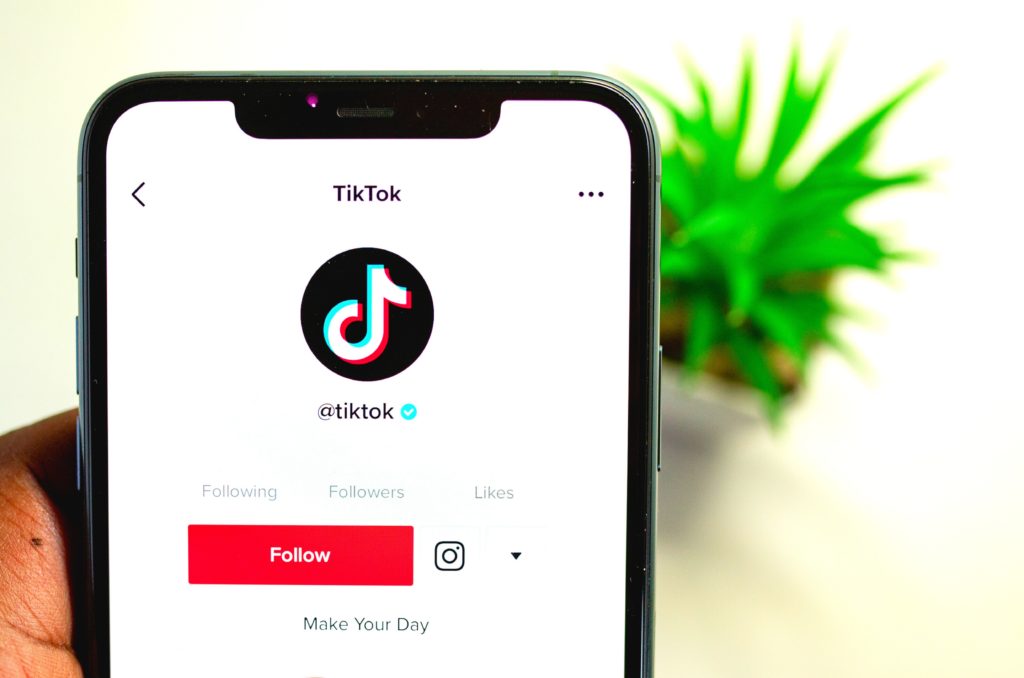How much does logo design cost, or how are logo prices formed?
We have written a lot about logos in our blogs, but there is one aspect of creating a logo that is not talked about that much, and which is extremely important for both the client and the designer, and that is, of course, the price.
In this blog we will look at the reasons why logo design costs, how designers and design agencies form prices. We will focus more on the formation of the price of the logo (and other items of graphic and web design) through the prism of the design itself. We are aware that the economic circumstances themselves strongly influence the price of services and products, but with this blog we want to explain what logo design includes and what the client actually pays for in the design.
Logo design costs can vary widely, and understanding the factors that affect pricing is key to making an informed decision.
1. Design complexity
The complexity of the design is one of the determinants of the price of the logo. It goes beyond surface aesthetics and goes deep into the complexity of the performance and the level of expertise required for its creation.
MINIMALISM
By complexity, we don’t just mean the details, because a minimalist logo is not necessarily automatically cheaper. It is important to reject the notion that minimalist logos are always more affordable than more detailed designs. In reality, a minimalist logo, although it looks simple, may require a higher level of precision and creativity in its execution.
The techniques used in creating a minimalist logo are often more nuanced and precise, with careful consideration of every element and space. Achieving the balance between simplicity and strong impact in minimalist design can be a huge challenge that requires a keen eye for detail and a deep understanding of design principles.

MORE DETAILED DESIGN
On the other hand, a more detailed logo can be complex, not only in its visual components, but also in its execution. Complexity can include adequately mixing/combining colors, using more complex patterns, or combining different design elements. This complexity also requires a greater amount of knowledge, skill and creativity on the part of the designer.
To create a complex design that not only visually impresses, but also effectively communicates a brand’s identity and values, a designer must be well-versed in various design techniques, from color theory to typography, and possess the ability to coordinate them.
Essentially, when we talk about the complexity of logo design and its impact on pricing, we mean the depth of knowledge, skill and creativity that goes into creating a design that is visually striking and will give the client the success they need. It is the ability to strike a balance between sophistication and simplicity, making the logo a powerful symbol of brand identity.
2. Revisions/Changes
The changes you request may affect the total cost. Most designers offer a certain number of changes within their base price, but if you need extensive changes or want to explore multiple concepts, this can increase the total cost. That is why it is important to agree in advance to the number of changes included in the basic price of the design as well as the price of each additional change.
The changes affect the price in several ways:
Number of changes
The number of changes required by the client plays a key role in determining the cost of the logo design. As we said before, most designers or design studios will have a certain number of changes already included in the base price. Most often it is 2-5 changes. If you request more revisions than the agreed limit, additional fees may apply. This is because each revision requires the designer’s time and effort to implement, review and revise the design.
Complexity of revisions
Not all changes are created equal. Some changes are minor, such as adjusting the font size or changing the color, while others can be major changes that involve rethinking the entire concept. Major revisions require more time and creative energy from the designer, potentially increasing project costs. Don’t be surprised, if you want major changes, that some designers will charge a higher price for those changes.
Clear and specific feedback
Effective communication between the client and the designer is essential to keep the number of changes to a minimum. Providing clear and specific feedback can help streamline the revision process. Vague feedback can lead to multiple revisions as the designer strives to understand and meet the client’s expectations. So it’s important when giving feedback to be as detailed as possible. It is not out of the question to send pictures or sketches with the exact changes you want. It is also in the interest of the client that the change is as small as possible. This means a lower cost, but also a faster completed project.
Before starting a project, clients should clearly understand the number of changes included in the package and any associated costs for additional changes. Designers, on the other hand, should set realistic expectations for the design process, stressing that multiple revisions can stretch the project’s timeline and budget. If everything is planned in advance and clearly communicated, the process will go more smoothly and there will be no shocks for both clients and designers.

3. Design experience
Perhaps one of the most important factors in determining the price of a logo, as well as other types of graphic design, is the designer’s experience. Graphic design is no different from other professions. Experience matters. An experienced designer or design studio brings a wealth of knowledge, skills and a proven track record, which affects the quality of logo design, as well as its price.
Expertise and skill
As we said, an experienced designer brings – experience. Years spent perfecting their craft, knowledge and understanding of design principles, color theory, typography and general aesthetics are what make an experienced designer reliable, knowledgeable and professional.
All this knowledge allows them to create logos that are not only visually appealing, but also effectively convey the brand’s message. Their expertise in design techniques ensures that every element of the logo is carefully considered, resulting in a professional and polished final product.
Portfolio and reputation
Established designers often have an impressive portfolio in which they present a number of their successfully completed projects. Clients are willing to pay more for the assurance that their project is in the hands of a designer with proven experience. A strong portfolio demonstrates a designer’s ability to consistently deliver high-quality work, which can lead to increased demand for their services. Their reputation in the industry is built on a history of satisfied clients and successful projects, making them a trusted choice for companies looking for premium logo design.
Here we just want to emphasize that it is not necessary that a designer with less experience or a less “strong” portfolio is in any way less capable of doing an exceptionally good job. Here we are talking exclusively about the factors that form the price of the logo, and in this context, an experienced designer can increase the price of his services due to all the mentioned factors.
Efficiency and creativity
Experienced designers work efficiently thanks to their knowledge of tools, techniques and project management. They can quickly grasp the client’s vision and execute it efficiently, resulting in time and cost savings. In addition, their experience often encourages a higher level of creativity. I can approach projects with innovative and creative solutions, ensuring that each logo design is unique, memorable and tailored to the client’s needs.
Versatility
Experienced designers tend to be more versatile and adaptable in their approach to design. They can meet different design styles and industry requirements. Whether a client is looking for a classic, minimalist design or a bold, modern concept, an experienced designer can make it happen. Their ability to work with a variety of design styles makes them a valuable asset to clients looking for a logo that fits their specific niche or industry.
Ability to solve problems
Experienced designers have encountered and solved a wide range of design challenges during their work experience. They possess problem-solving skills that can be invaluable when faced with unique or complex logo design requests. Their experience equips them to find creative solutions to design problems, ensuring that the final logo not only looks good, but also functions effectively in different applications and contexts.
Design trends and innovations
Experienced designers stay up to date with the latest design trends and innovations. They can create logos that are modern and fresh, which will be well received by the audience. Following trends in design and implementing new innovative approaches is something that is expected from designers of this rank. Clients benefit from a design that is not only timeless, but also aligned with the visual aesthetics of the current market.
Consulting and brand strategy
Many experienced designers offer consulting services that go beyond logo design. They can provide insight into brand strategy, helping clients understand how the logo fits into their overall brand identity. These strategic guidelines can add value to the project and increase the logo’s effectiveness in conveying brand values and messages.
Attention to details
Experienced designers are known for their attention to detail. They ensure that every aspect of the logo, from typography to color choice, is carefully considered. Their level of precision results in a logo that is not only visually striking, but also highly professional and memorable. This meticulous approach ensures that every design element serves a purpose and contributes to the overall effectiveness of the logo.

4. Project Timeline
The urgency and duration of the project are key factors in determining the total price of the logo.
Some of the factors that influence how the price will be formed are:
Urgent projects
Clients often require a logo design on short notice due to time-sensitive events, launches or other circumstances. Designers may need to change their schedules, work overtime, or allocate additional resources to complete the logo design quickly. As a result, accelerated projects usually come with a high price tag.
Delayed timelines
On the other hand, clients who have more flexible deadlines can opt for an extended project duration. Designers can adjust their work schedules accordingly, potentially reducing overall project costs.
Periods of high demand or “it’s crowded”
Designers, like many other professions, experience periods of peak demand, such as around major holidays or seasonal promotions. During these periods, designers may charge higher prices due to increased demand for their services.
Designer availability
Designer availability may affect project deadlines. Established and in-demand designers may have limited availability. Clients who need their services during these periods may have to be willing to pay more to ensure that they do the project for them.
Communication and expectations
Clear communication between client and designer regarding project deadlines is essential. Setting realistic expectations from the outset ensures that both parties are on the same page regarding the duration of the project and possible cost implications.
Unforeseen delays
Logo design projects can experience unforeseen delays due to things beyond the designer’s or client’s control. Weather disturbances, technological failures or sudden changes in the scope of the project can lead to an extension of the time frame. It is essential to incorporate some flexibility into the project plan in order to adapt to such situations.

5. Usage and Licensing
This aspect of logo price formation is perhaps the most important.
The intended use and licensing of a logo can significantly affect the cost of its design. Logo prices may vary depending on how and where the logo will be used and the licensing terms agreed between the client and the designer.
In this part, the important factors are:
Scope of Usage
Logo design pricing often takes into account the scope of use of the logo. For example, a logo intended for use on a company’s website and social media platforms may be less expensive than a logo that will appear on a wide range of marketing materials, including billboards, product packaging and promotional merchandise. Wider usage usually results in higher design costs.
Exclusive rights
The question of exclusivity is crucial in determining the price of a logo design. Clients may choose to pay more for exclusive rights to the logo, which means the designer agrees not to sell or license the same logo to any other party. Exclusivity gives the client full ownership and control of the logo, preventing others from using a similar design.
Geographical restrictions
The geographic reach of logo usage may affect pricing. A logo intended for use in a specific region or locality may be less expensive than one intended for global or national branding. The wider the geographic reach, the greater the potential cost. It is not the same when the client is a micro-business, has a small local company or a large corporation whose operations are geographically wider and the use of the logo itself is greater.
In short, the usage and licensing conditions of a logo significantly affect its price. It is essential for clients to have a detailed discussion with the designer about how the logo will be used and the licensing terms they require. These discussions not only affect the overall cost, but also help define the ownership and usage rights of the logo, protecting the interests of both parties.
This is also the reason why many design agencies do not put the prices of their services on their websites. This is not to hide the prices, but because the prices vary significantly depending on the complexity of the work and the type of client. Most design studios or freelance designers form prices for each client separately and adapt to the needs of each client.
That is why it is good advice to explain in as much detail as possible what kind of company it is and what the wishes and needs are for the design.

6. Designer’s Location
Since we live in a global society in recent years, the location of the designer or design studio is important for the price of a certain service, and so the price of a logo as well.
The way in which the location affects the formation of the price is:
Cost of living
Designers located in regions with a higher cost of living often charge higher prices for their services. This is because they have to cover their living expenses, such as rent, utilities and other daily expenses. In cities with a high cost of living, designers tend to adjust their prices to reflect those costs.
Local economic factors
The economic conditions of the designer’s location can also affect their price. In areas with strong local economies and high demand for design services, designers can charge higher prices to offset the increased costs of doing business in such regions.
International wage differences
Logo designers in different parts of the world may have different salary expectations based on local economic conditions. A designer in a country with a lower cost of living may charge less than a designer in a country with a higher cost of living. Companies looking for design services can take advantage of these wage differences by working with designers from regions with lower prices.
Competition in the area
The level of competition in a designer’s location can affect prices. In areas with a high concentration of designers and design agencies, competition can drive down prices as designers strive to offer competitive prices. Conversely, in areas with limited design resources, designers may have more flexibility in setting their prices.
Quality and experience
While prices may vary by location, it’s important to remember that experienced and high-quality designers can command premium prices regardless of their location. Clients often prioritize a designer’s skills and expertise over location-based pricing to ensure they receive a well-crafted logo.
Remote work and global availability
The rise of remote work and digital collaboration has allowed companies to work with designers from different locations. This offers clients the ability to access more talent and potentially find designers at competitive prices, regardless of their physical location.
Client settings
Some clients may have specific preferences regarding the location of their logo designer. For example, they may prefer to work with a designer from their region to ensure cultural understanding or ease of communication. In such cases, clients should be prepared for possible price variations.
While there are regional differences in pricing, it is equally important to prioritize the skills, experience and quality of the designer to ensure that the final logo effectively represents the brand and meets the client’s expectations.
CONCLUSION
While it is important to understand the factors that affect logo prices, it is equally important to recognize the value of a well-designed logo. The logo is the first impression the audience has of the brand and plays a key role in brand recognition, trust and memorability. A professionally designed logo can lead to increased brand awareness, customer loyalty and ultimately more revenue.
Remember, a well-designed logo is not just an expense; it is an investment in the success and longevity of your company.
For more articles on the topic of graphic design, take a look at our blog.
If you need any of the graphic design services, feel free to contact us via the contact form, social networks or email.
You can view our works in the portfolio.
Thanks for reading!🙂





